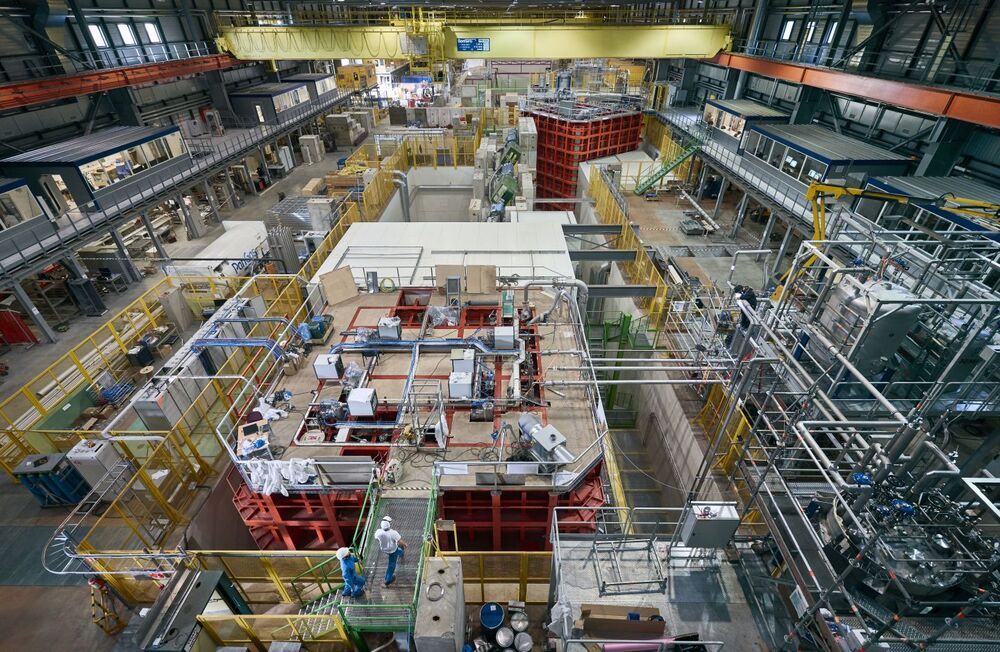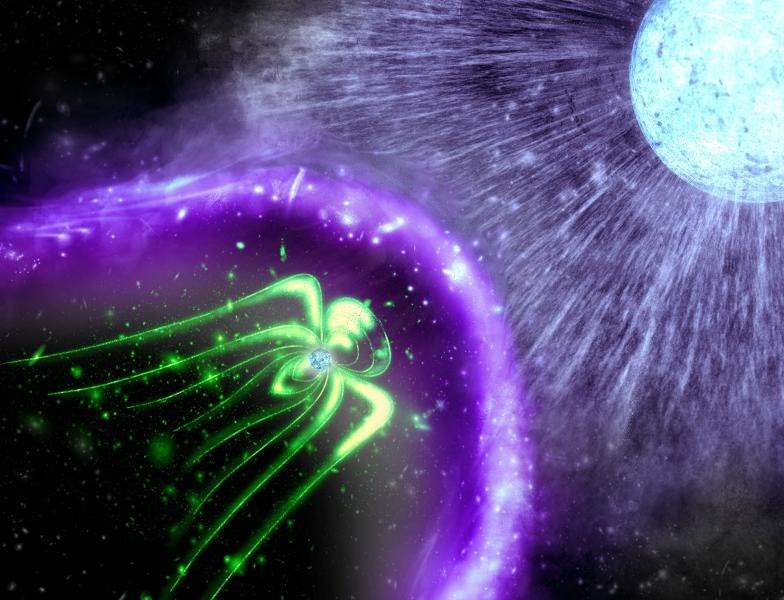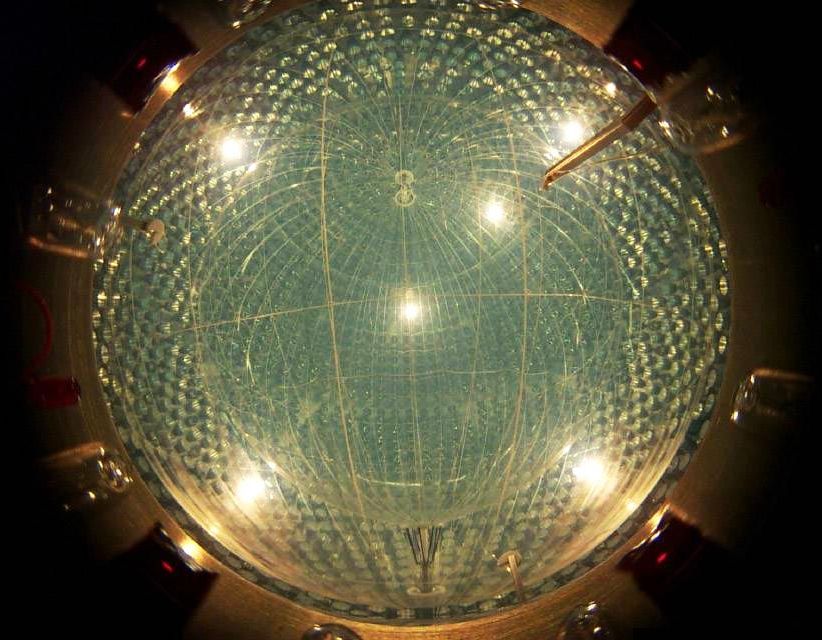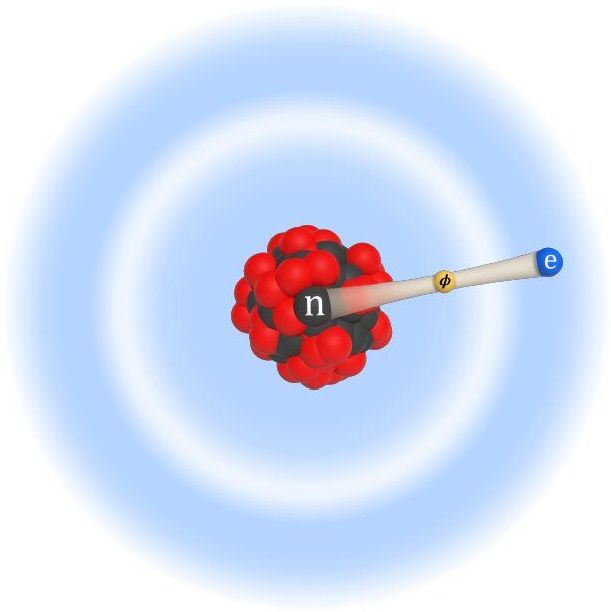The DUNE collaboration has published their first scientific paper based on data collected with the ProtoDUNE single-phase detector located at CERN’s Neutrino Platform. The results show that the detector is performing with greater than 99% efficiency, making it not only the largest, but also the best-performing liquid-argon time projection chamber to date. Scientists now are using their findings to refine their experimental techniques and prepare for the construction of the international Deep Underground Neutrino Experiment at the Long-Baseline Neutrino Facility, a next-generation neutrino experimental program hosted by the Department of Energy’s Fermilab in the United States.
“These first results are great news for us,” said DUNE co-spokesperson Stefan Söldner-Rembold, professor at the University of Manchester in the UK. “They show that the ProtoDUNE-SP detector works even better than anticipated. Now we are ready for the construction of the first components for the DUNE detector, which will feature detector modules based on this prototype, but 20 times larger.”
DUNE is an ambitious international experiment that will measure the properties of tiny fundamental particles called neutrinos. Neutrinos are the most abundant matter particle in the universe, but because they rarely interact with other particles, they are incredibly difficult to study. There are at least three different types of neutrinos, and, every second, 65 billion of them pass through each square centimeter of Earth. As they travel, they do something peculiar: They change from one type to another. Scientists think that these neutrino oscillations — as well as oscillations involving antimatter neutrinos — could help answer some of the big questions in physics, such as the observed matter-antimatter asymmetry in the universe. DUNE will also look for neutrinos from supernovae and search for rare subatomic processes such as proton decay.









